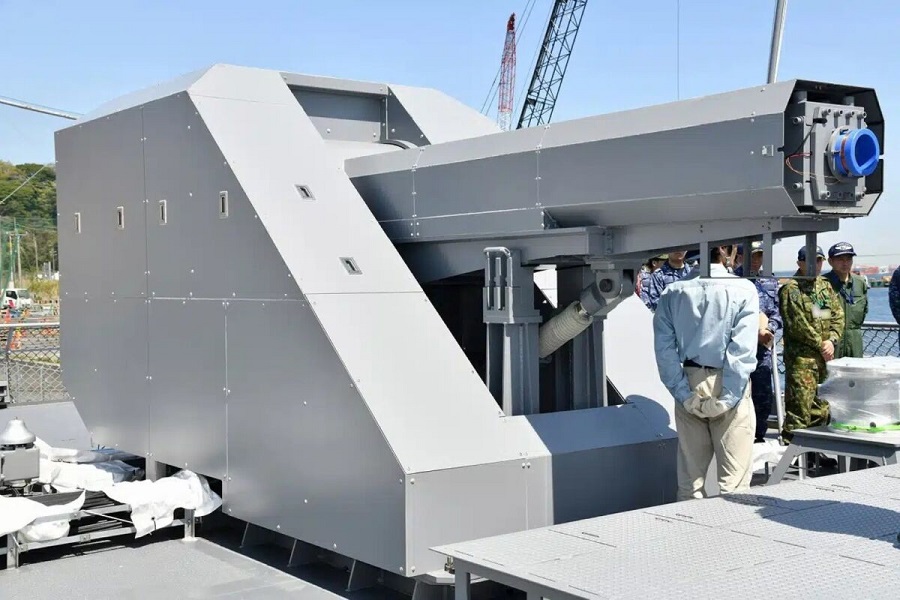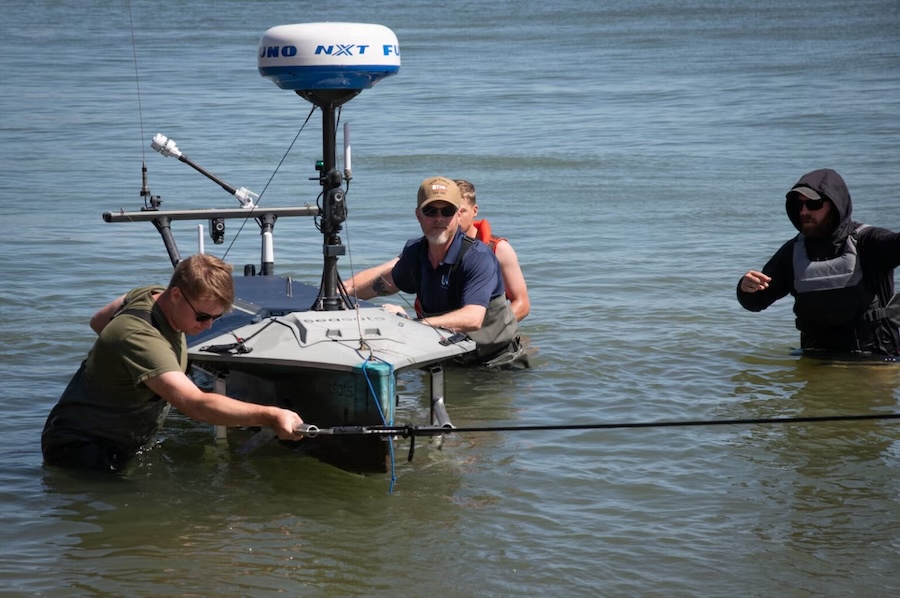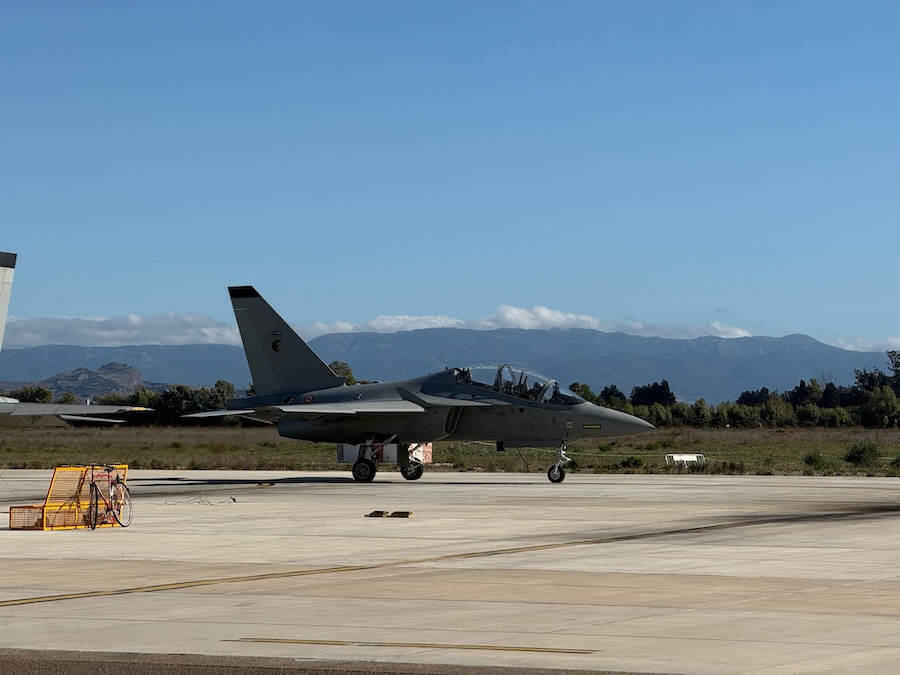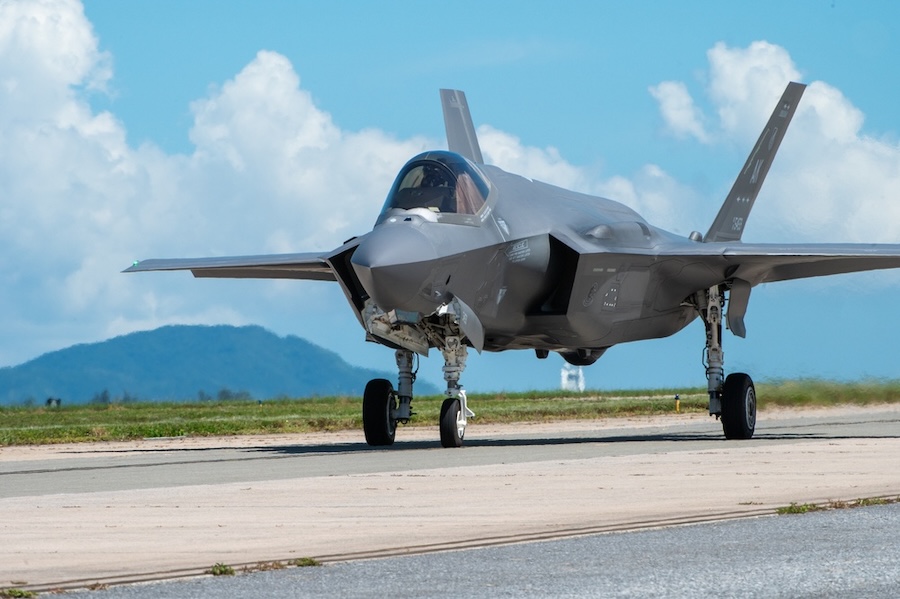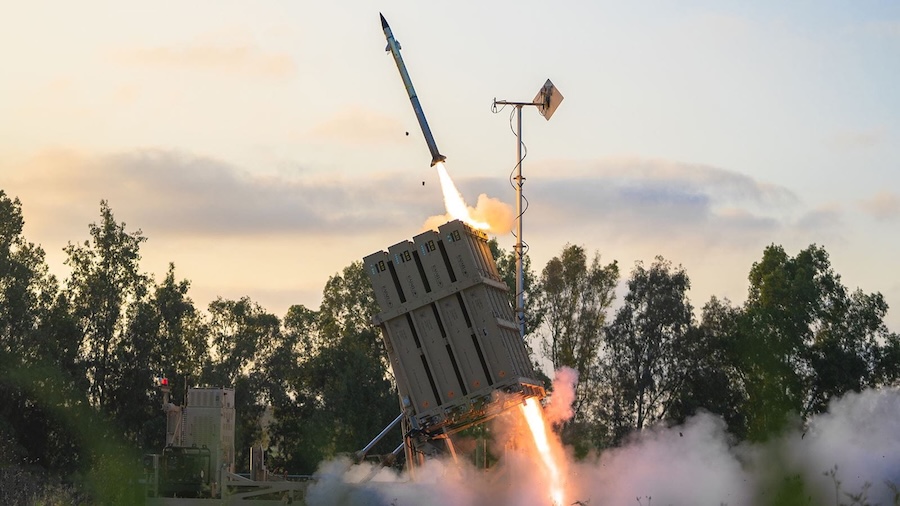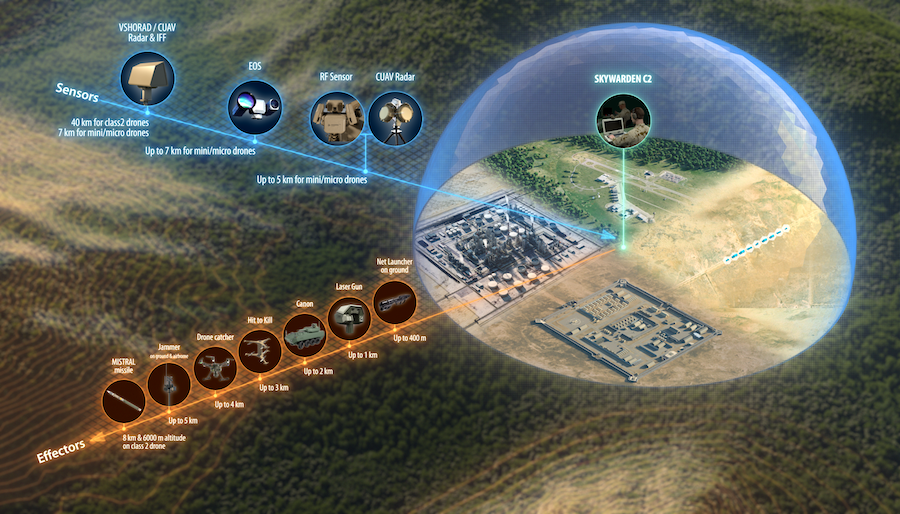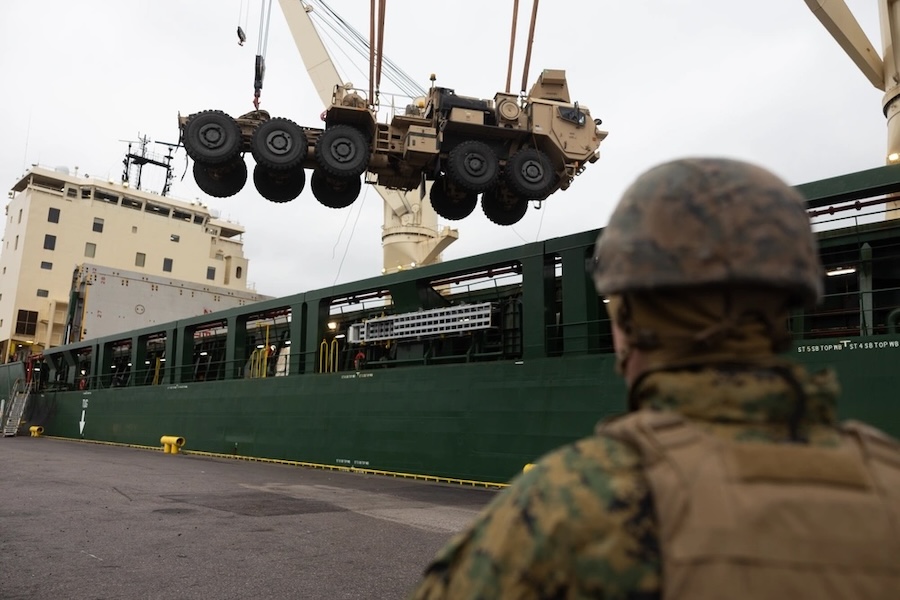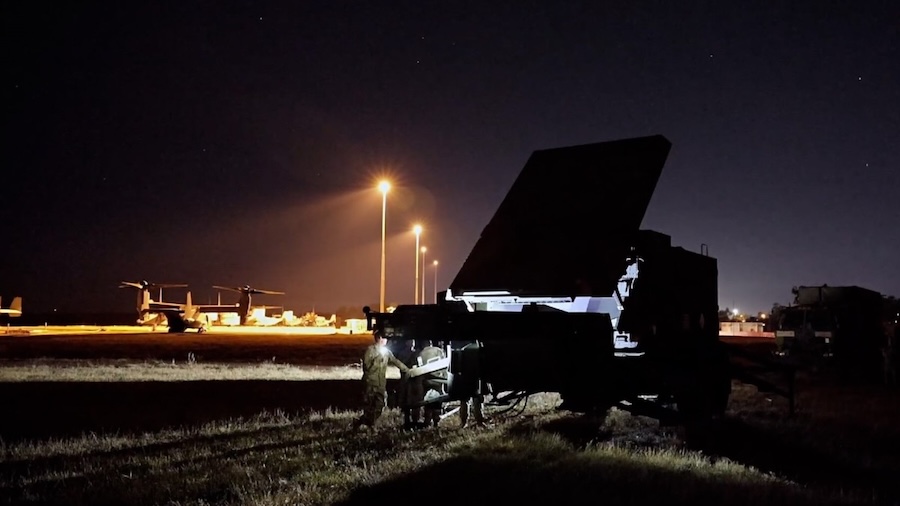Alongside the gun turret, four 20-foot containers were set up: one housing a power generator and the remaining three serving as capacitor banks with a combined capacity of approximately 5 megajoules. The system is currently undergoing sea trials, forming part of Japan’s long-term effort to develop cutting-edge electromagnetic weaponry.
Research on the railgun is led by the Ground Systems Research Center (GSRC), a division of Japan’s Acquisition, Technology & Logistics Agency (ATLA), with the programme initiated in 2016 under the title “research on electromagnetic acceleration systems”. The design goal is a barrel lifespan of at least 120 rounds, each fired at a constant muzzle velocity of 2,000 m/s—significantly higher than conventional naval guns.
This level of performance is particularly challenging due to the extreme wear electromagnetic systems endure, especially within the barrel linings where high-intensity electrical currents cause rapid erosion. Previous global efforts, such as those by BAE Systems, achieved only a few firings before requiring replacement components.
Japan previously tested a prototype EMRG at sea in October 2023, though it lacked the full turret and control systems. The current version integrates the gun with fire control systems and onboard power supply, representing a complete weapons platform.
Efforts are also underway to optimise projectile design for improved stability, reduced drag, and greater range and kinetic impact. At speeds of around 2 km/s, a 2-kg tungsten projectile could pierce the frontal armour of any current tank, often exiting through the other side.
The EMRG operates using parallel rails and a conductive armature which closes the circuit and generates a powerful magnetic field when pulsed with millions of amperes. “The resulting Lorentz force accelerates the projectile in just 10 milliseconds,” a technical briefing from ATLA explained.
The 18 April event was the first formal public presentation, following unauthorised images shared on social media on 9 April by a tourist in Yokosuka port. These images may have prompted the Japanese Navy to officially reveal its progress on the railgun programme.
Japan has also joined the Franco-German electromagnetic railgun initiative, as announced on 30 May last year, signalling its growing interest in international cooperation on next-generation weapon systems.




